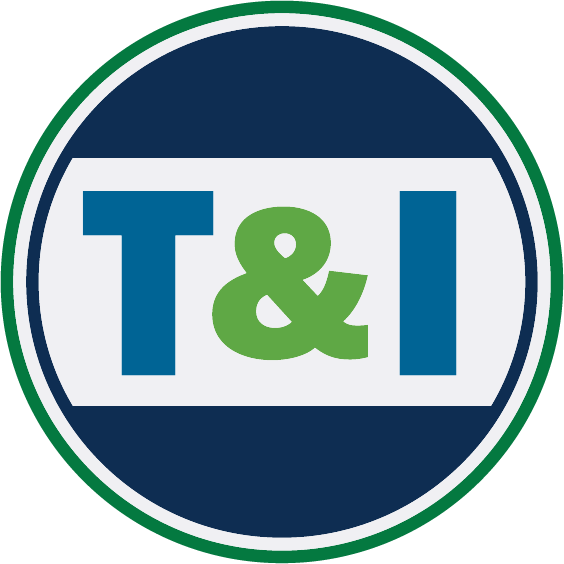Hearing
America Builds: The Role of Innovation and Technology in a Safe and Efficient Rail System2167 Rayburn House Office BuildingThis is a hearing of the Subcommittee on Railroads, Pipelines, and Hazardous Materials. Witnesses: Opening remarks, as prepared, of Railroads, Pipelines, and Hazardous Materials Subcommittee Chairman Daniel Webster (R-FL) from hearing, entitled “America Builds: The Role of Innovation and Technology in a Safe and Efficient Rail System”: The free enterprise system is responsible for generating the most efficient and innovative technologies of our modern world. In the global economy, technological advancements are some of our nation’s greatest competitive advantages. Our national freight and passenger rail networks are no different from other sectors of the economy. Innovation and technology are vital to improving the rail industry’s growth and safety outcomes. Ensuring that technological advancements and innovations continue to flourish will require a combination of the right policies, particularly regulatory policies, to incentivize current and future research, development, and deployment of new technology. Unfortunately, while other government agencies, including those in the Department of Transportation (DOT), are embracing the promise of innovation and developing the right regulatory frameworks for its promotion, much of the Federal Railroad Administration’s (FRA’s) regulatory framework remains a relic of the past. For example, most FRA regulations are prescriptive in how they require safety inspections and tasks to be conducted. They determine the frequency and means used to achieve regulatory compliance. Many of these regulations were written decades ago at a time when technology was limited or non-existent. However, as we are here to examine, technological progress moves on. Although the law allows railroads to apply for waivers to test new processes and technologies that can achieve safety objectives while improving efficiency, this current waiver process is less than transparent and subject to political interference. This regulatory uncertainty hinders both innovation and the rail industry’s ability to compete against other modes of freight. As Congress begins consideration of legislation reauthorizing surface transportation programs and agencies, we should look to promote policies that encourage innovation and investment in our rail system, improving both its safety and its ability to survive and thrive. This includes reforming the antiquated regulatory structure that is inhibiting innovation. Today’s witnesses will provide important insight into how technologies have the potential to revolutionize freight and passenger rail transportation. We are also interested in learning their views on what Congress can do to encourage innovation and bring our railroads into the 21st century. |






